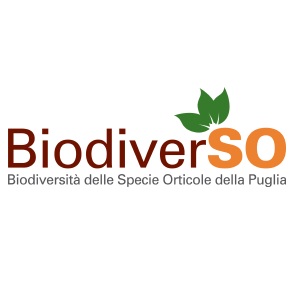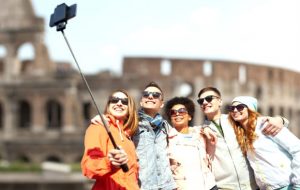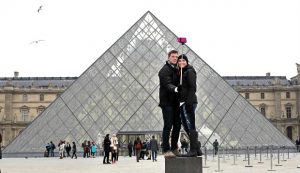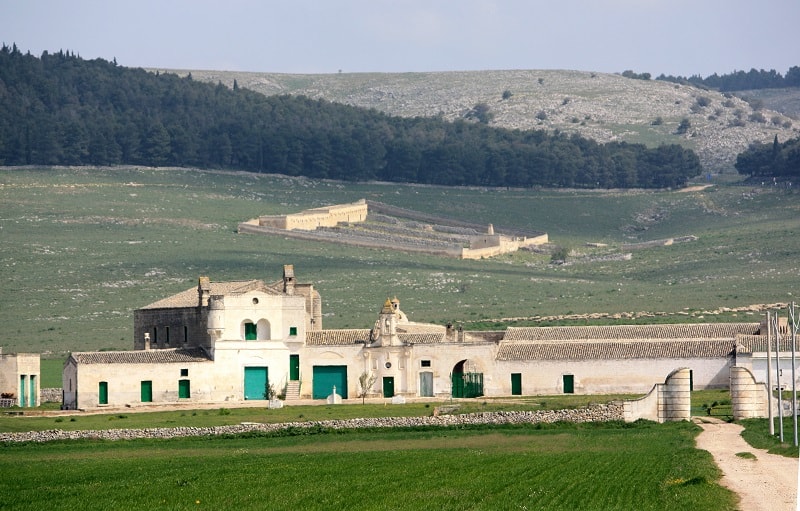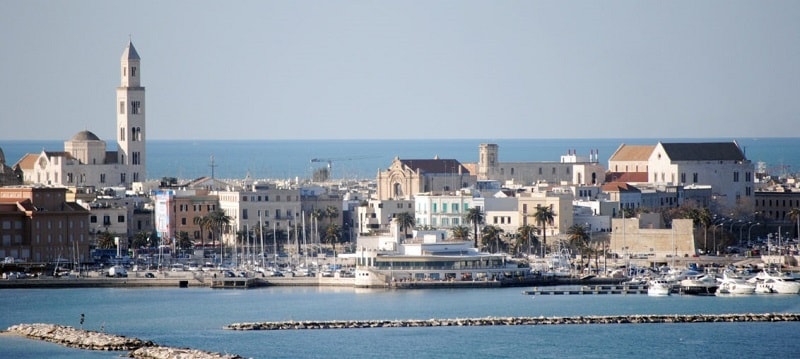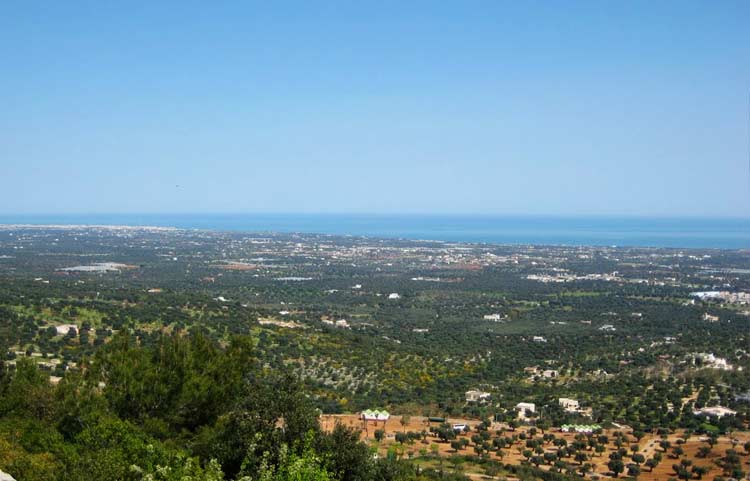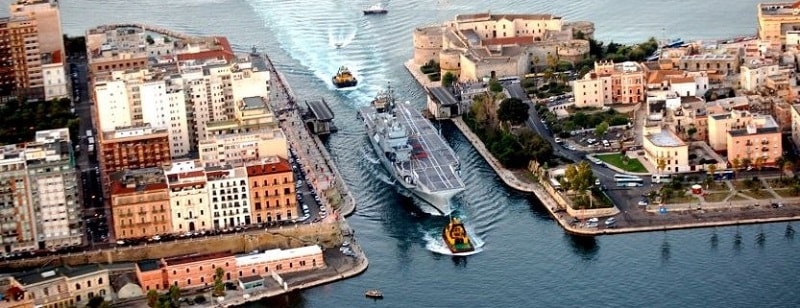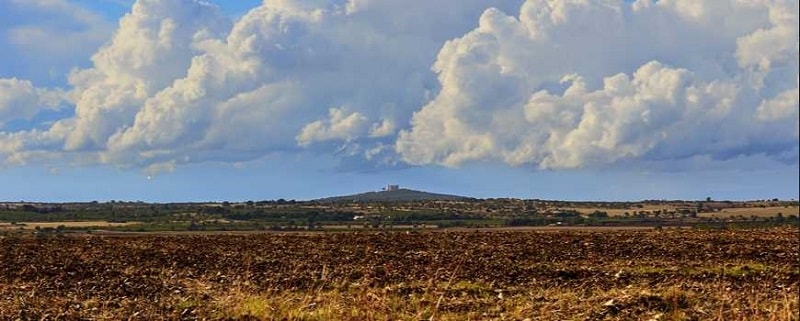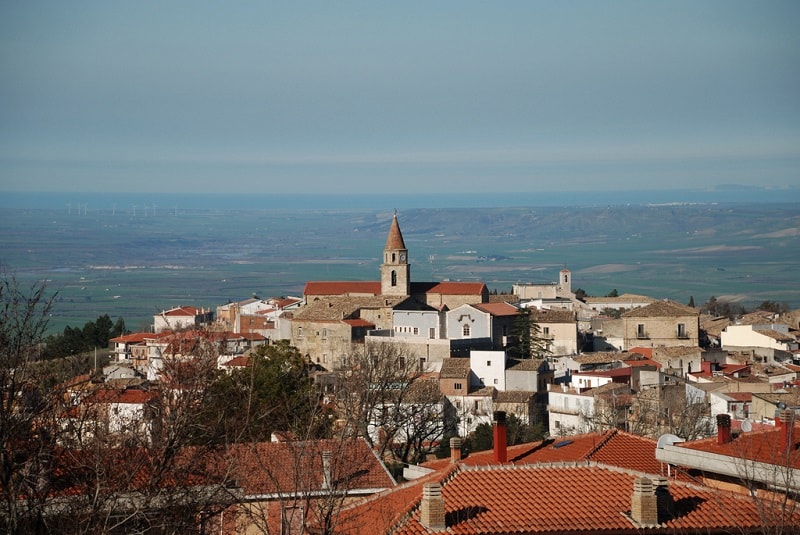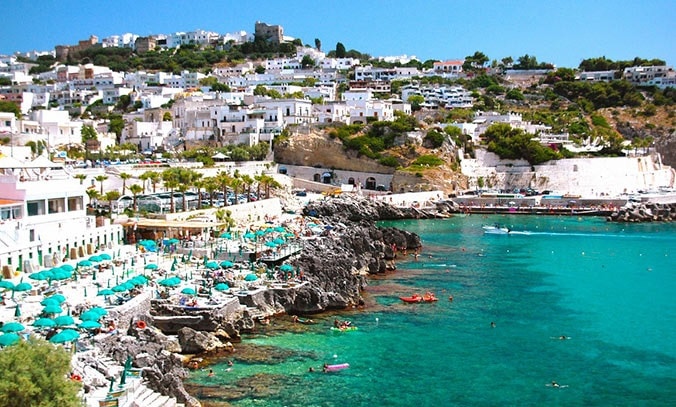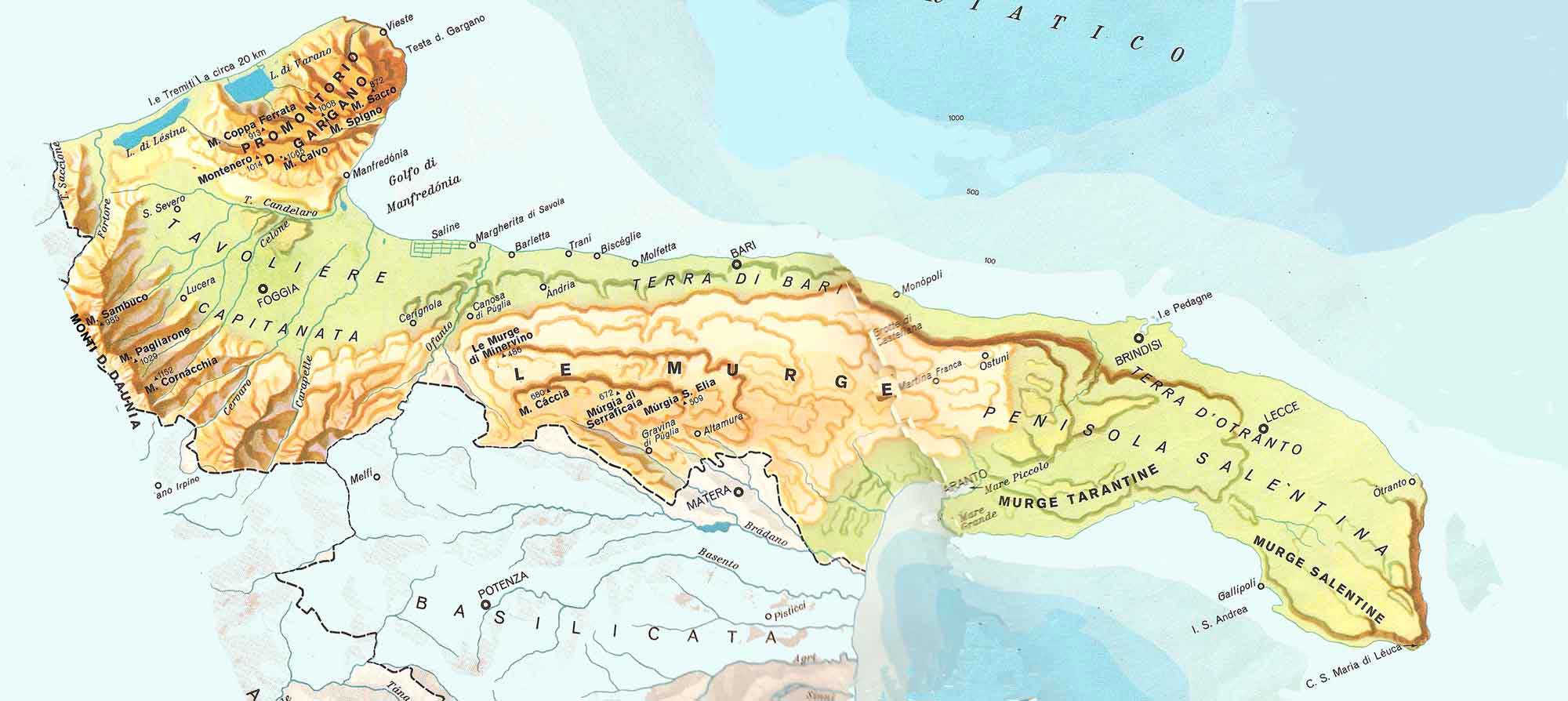MATERA: A CAPTIVATING TAPESTRY OF BEAUTY AND CONTRADICTION.
The Sassi di Matera (Matera, Basilicata, Italy), a unique place all around the world, are a UNESCO World Heritage Site and the city is full of contrasts, a hymn to beauty, an inimitable tangle of caves-houses, sumptuous Baroque buildings, beautiful cave churches. Around the biblical landscapes of the Murgia and several villages rich in history.
[english version will be available soon]
“Arrivai a una strada, che da un solo lato era fiancheggiata da vecchie case, e dall’altro costeggiava un precipizio. In quel precipizio é Matera. La forma di quel burrone era strana; come quella di due mezzi imbuti affiancati, separati da un piccolo sperone e riuniti in basso in un apice comune, dove si vedeva, di lassú una chiesa bianca, Santa Maria de Idris, che pareva ficcata nella terra. Questi coni rovesciati, questi imbuti, si chiamano Sassi. Hanno la forma con cui, a scuola, immaginavamo l’Inferno di Dante, in quello stretto spazio tra le facciate e il declivio passano le strade, e sono insieme pavimenti per chi esce dalle abitazioni di sopra e tetti per quelle di sotto. Alzando gli occhi vidi finalmente apparire, come un muro obliquo, tutta Matera. É davvero una cittá bellissima, pittoresca e impressionante.”
Cosí l’intellettuale antifascista Carlo Levi, che in Basilicata trascorse il suo periodo di confino fra il 1935 e il 1936, descrive Matera (link: goo.gl/maps) nel suo “Cristo si é fermato a Eboli” (1945), quella Cittá dei Sassi che con la sua bellezza disarmante, unica nel suo genere, ha ispirato centinaia di pagine come queste di scrittori e poeti sbalorditi di fronte al groviglio di gradinate e vicoletti, chiese e campanili, archi, ballatoi, orti e terrazze, case ammassate le une sulle altre e aggrappate a profondi anfratti, sfarzosi palazzi signorili e grotte che le donano un fascino arcano dalle mille sfumature.
Centinaia di grotte, spesso condivise anche con animali, utilizzate come abitazioni fino agli anni Cinquanta e oltre (una legge nazionale ne ordinó, infatti, lo sgombero degli occupanti per ragioni igienico-sanitarie), ma la maggior parte delle quali oggi restaurate ed alcune anche visitabili.
Un meraviglioso intreccio denso di contrasti dunque. É tutto questo Matera, Matera la bell, l’inimitabile, l’unica.
É la cittá di quei Sassi dichiarati Patrimonio dell’umanitá dall’UNESCO nel 1993 e ormai uno dei simboli del Belpaese piú suggestivi e conosciuti nel mondo.
Una cittá dura, soprattutto se si pensa alle condizioni in cui i contadini hanno vissuto per secoli nelle case-grotta di cui brulicano i Sassi, ma allo stesso tempo tripudio assoluto di bellezza, arte, architettura dove l’arcaico si mescola al moderno, e l’essenziale allo sfarzo architettonico.
Intorno i paesaggi della Murgia, brulli e arsi dal sole come pochi, pregni di silenzi e densi di una spiritualitá che riconcilia con se stessi e la natura.
Forse proprio per questo scelti da grandi cineasti per ambientare i loro film (link: www.wikipedia.org) alla ricerca di atmosfere mistiche e orientaleggianti, che hanno trovato in Matera e i suoi paesaggi i luoghi perfetti per ricostruire le ambientazioni dell’antica Galilea, e non solo. Quasi come se i profondi burroni della gravina in cui improvvisamente precipita l’altopiano murgico e sulle cui pendici sorge la cittá, aprissero profondi squarci anche nell’animo umano.
Posti solitari e sicuri tra profonde fenditure carsiche, eletti fin dal Paleolitico come luogo ideale per trovare rifugio. Moltissime sono infatti, sul versante opposto della gravina su cui sorge Matera le grotte scavate dall’uomo e utilizzate nei secoli prima come abitazioni e poi, a partire dal VI secolo, come insediamenti monacali e luoghi di culto per i seguaci di monaci provenienti da Oriente.
Siamo sul versante del Belvedere di Murgia Timone in fondo al quale scorre il torrente la Gravina e da cui si gode una vista d’insieme sulla cittá, adagiata sui due anfiteatri naturali del Sasso Caveoso e del Sasso Barisano con al centro lo sperone della Civita, il nucleo piú antico dell’abitato, che toglie davvero il respiro.
Un groviglio di case punteggiate dalle sagome slanciate di chiese e campanili sotto le quali brulica una cittá sotterranea fatta di cunicoli, cisterne per la raccolta delle acque e chiese rupestri splendidamente affrescate con capolavori di pittura parietale rupestre di ispirazione latina e bizantina.
Matera cittá dell’uomo. La Cittá dei Sassi é considerata fra le piú antiche del mondo, autentico museo a cielo aperto della straordinaria avventura umana dall’Etá della pietra ai giorni nostri, documentata da resti che testimoniano una presenza umana su questo territorio che non conosce discontinuitá temporali e che sa rinnovarsi per essere al passo coi tempi, sempre!
+info about Matera
(link: www.basilicataturistica.it)
(link: goo.gl/maps)
inspired by APT Basilicata
(link: www.basilicataturistica.it)
photo credits
(link: www.pixabay.com)
#Tipici
#Puglia #Basilicata






